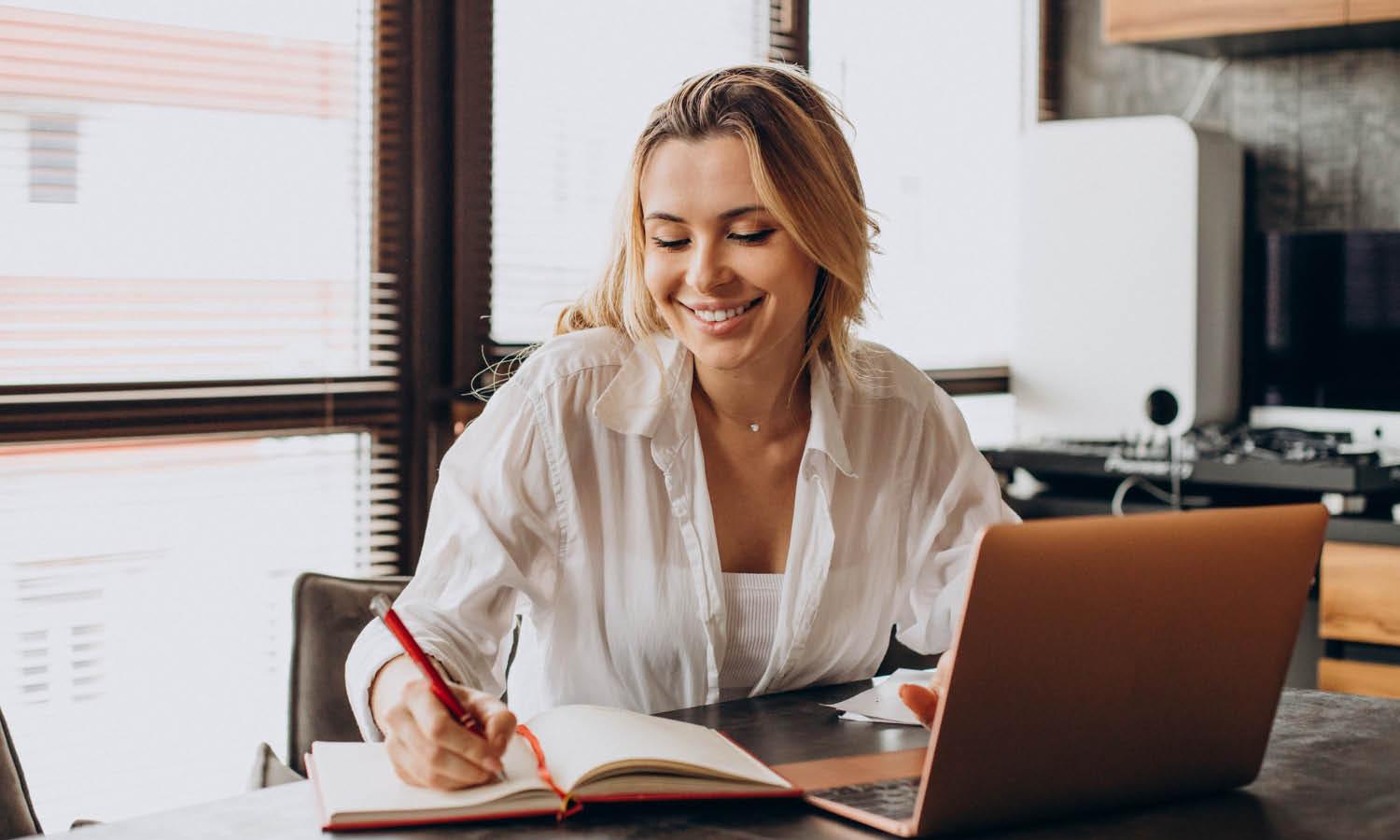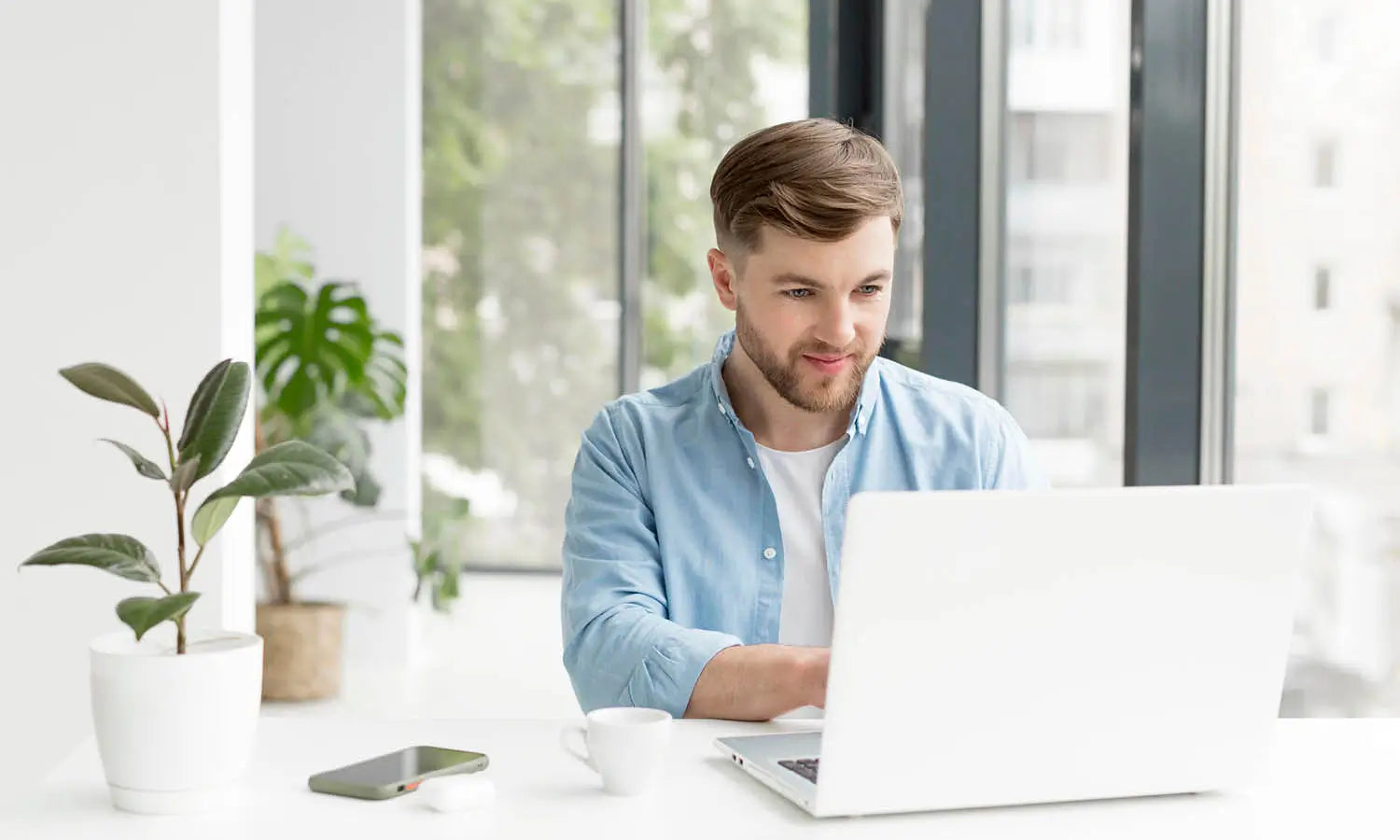Logo Design and Slogan Synergy: Dos and Don'ts for Designers

In the world of branding, the cohesion between logo design and slogan can significantly elevate a brand's identity and recall. This synergy is not just about aesthetics; it's about creating a powerful narrative that resonates with the target audience. Designers play a crucial role in this process, crafting visual elements and textual messages that seamlessly integrate to form a unified brand statement. A well-synchronized logo and slogan can effectively communicate a brand’s essence, values, and promise, making it memorable in the competitive market landscape.
For designers, achieving this harmony requires a deep understanding of both graphic design principles and copywriting. It's about more than just creating a visually appealing logo or a catchy slogan; it's about developing a strategic, cohesive brand language that can be consistently applied across all marketing materials. As we explore the dos and don'ts in this synergy, designers will gain insights into how to optimize their creative processes to better serve the brands they work with, ensuring that both elements—logo and slogan—work hand in hand to tell a compelling brand story.
DOs
Understand the Brand's Core Values
In the realm of logo design and slogan creation, grasping the brand’s core values is paramount. This understanding forms the foundation upon which all visual and textual elements are built, ensuring that every aspect of the logo and slogan resonates with the brand’s essence. For designers, this means delving deep into the brand's mission, vision, and the audience it serves. A logo should be more than just an attractive design; it should encapsulate the brand’s identity and what it stands for. Similarly, a slogan must succinctly convey the brand's message and promise in a way that engages and remains memorable to the audience.
By aligning the logo and slogan with the brand’s core values, designers forge a strong, coherent identity that enhances recognition and builds trust among consumers. This alignment not only helps in maintaining consistency across various platforms but also in forging an emotional connection with the audience, turning first-time viewers into loyal customers. Thus, the initial step in any design process should involve comprehensive research and engagement with the brand to fully understand and articulate its core values through both design and text.
Keep It Simple and Memorable
Simplicity in logo design and slogan crafting is not just a trend but a fundamental principle that transcends time and culture. A simple logo paired with a memorable slogan can significantly enhance brand recall and recognition. For designers, this means focusing on clarity and avoiding overly complex designs that may confuse or detract from the brand's message. A clean, uncluttered logo and a concise, catchy slogan are more likely to make a lasting impression. This approach ensures that the logo and slogan are easily recognizable, even when scaled down for smaller applications like business cards or social media icons.
Moreover, simplicity aids in versatility, allowing the logo and slogan to be used across various media without losing their potency. Designers must strive to strip away the unnecessary, focusing on the essential elements that communicate the brand’s identity. This often involves a meticulous process of refinement and testing to determine what resonates best with the target audience. By keeping the design simple and the slogan memorable, designers can create a powerful branding tool that stands the test of time and fosters instant connection with the audience.
Ensure Readability
Readability is a critical factor in the effectiveness of both logo designs and slogans. As designers, it is essential to ensure that both elements are legible across all applications, from large billboards to small digital screens. A logo and its accompanying slogan must be crafted in such a way that they are easily discernible at a glance. This involves choosing typefaces and design elements that are not only aesthetically pleasing but also clear and simple. When selecting a font for the slogan, consider its compatibility with the logo. It should be easy to read and complement the design of the logo without competing for attention. The size, color, and spacing of the text also play vital roles in enhancing readability.
Designers should conduct tests in various use cases to verify that the slogan remains legible in different contexts, such as over contrasting backgrounds or when scaled down. Additionally, maintaining a hierarchy in text and design elements helps in guiding the viewer’s eye smoothly from the logo to the slogan, facilitating a quicker and clearer understanding of the brand's message. By prioritizing readability, designers not only increase the impact of the brand's visual identity but also improve its overall accessibility to a broader audience.

Source: John John Dias, Radar, Behance, https://www.behance.net/gallery/142912839/Radar
Complement Colors
Choosing the right color palette for a logo and its slogan is more than just an aesthetic decision; it's a strategic one. Colors play a profound role in conveying emotions and messages, making it crucial for designers to select hues that complement each other while reinforcing the brand's identity. When integrating colors between a logo and a slogan, consider the psychological implications of each color and how they can synergize to form a cohesive brand image. For instance, a bold color in the logo can be balanced with a neutral shade in the slogan to maintain visual harmony and enhance readability. Conversely, using contrasting colors can be effective in drawing attention if done tastefully and in line with the brand’s messaging.
Designers should also ensure consistency in the saturation and brightness of the colors used to maintain a unified look across different media. It's important to test the color choices in various environments and on different materials to ensure they remain effective under different lighting conditions and on diverse backgrounds. Proper use of color not only enhances the visual appeal of the logo and slogan but also plays a crucial role in brand recognition and customer recall. By carefully selecting complementary colors, designers can create a more impactful and memorable brand presence.
Maintain Design Balance
Maintaining design balance between a logo and its accompanying slogan is crucial for creating a harmonious and effective brand identity. Design balance involves the strategic placement and scaling of both elements to ensure they complement rather than compete with each other. A well-balanced design considers the weight, color, and size of both the logo and slogan, aligning them in a way that neither overshadows the other. Designers must focus on the visual flow between the logo and slogan, ensuring that the eye moves seamlessly from one to the other without confusion. This can be achieved by adjusting the proportions and the spatial relationship between the text and the graphic elements.
The alignment—whether centered, left, or right—also plays a significant role in maintaining balance and should be chosen based on the overall design and layout preferences of the brand’s marketing materials. Additionally, the choice of colors can help in balancing the visual impact; using contrasting colors for text and design can make the slogan stand out while still being part of the whole. It's essential for designers to create mock-ups of various applications to see how the logo and slogan interact in different contexts and ensure that the balance works universally.
DON’Ts
Avoid Trendy Fonts for Timeless Appeal
When designing a logo and creating a slogan, opting for timeless fonts over trendy ones is vital for ensuring long-term brand recognition and relevance. Trendy fonts might capture immediate attention due to their novelty, but they often do not stand the test of time and may quickly become dated. Choosing classic fonts helps in maintaining the logo and slogan’s relevance and effectiveness across many years, even as design trends shift. Designers should focus on fonts that have proven their durability and versatility in various applications and environments. Such fonts usually feature simple, clean lines that are easy to read and can be scaled effectively without losing clarity. When selecting a font for the slogan, it is crucial to ensure that it complements the logo’s style, supporting the overall brand identity without overpowering it.
This approach not only contributes to a more professional and polished look but also aids in building a stable and trustworthy brand image. Additionally, designers should consider the legibility of these fonts across all digital and print media, as a font that works well on a website might not translate as effectively on signage or corporate materials. By choosing timeless fonts, designers can create a more sustainable and adaptable visual identity that helps the brand maintain its strength and appeal over time.
Don't Make the Slogan Too Long
A concise slogan is crucial for effective brand communication. When integrating a slogan with a logo design, it's important to keep it short and sweet. Long slogans can overwhelm the design, reduce readability, and dilute the impact of the message. A brief slogan ensures that the message is quickly absorbed and easily remembered by the audience. Designers should aim for brevity, focusing on the essential elements of the brand's message that resonate most with the target audience. This often involves a creative process of distillation, where every word is weighed for its value and impact. The optimal length of a slogan typically ranges from three to seven impactful words.
This conciseness allows the slogan to complement the visual elements of the logo without competing for attention. Designers must also consider the scalability of the logo and slogan combination—shorter slogans maintain their legibility and effectiveness across various media, from large billboards to small digital icons. By keeping the slogan concise, designers not only enhance the aesthetic harmony between text and image but also strengthen the brand's communicative power, ensuring that the core message is delivered clearly and memorably.

Source: Rimon Hasan, Pano - Organic Skincare For Man Logo, Behance, https://www.behance.net/gallery/147575447/Pano-Organic-Skincare-For-Man-Logo
Avoid Ambiguity in Message
Clarity in messaging is paramount when designing logos and slogans. An ambiguous message can confuse the audience, dilute brand identity, and weaken marketing efforts. Designers must ensure that both the visual and textual elements of a brand’s identity convey a clear and specific message. This involves choosing words and design elements that unambiguously reflect the brand's values and objectives. To avoid ambiguity, it is crucial to use straightforward language and direct statements in the slogan that leave no room for misinterpretation.
Additionally, the visual components of the logo should be distinct and meaningful, clearly representing the brand without requiring further explanation. Designers should engage in thorough research and testing to gauge public perception and understanding of the logo and slogan. Feedback can reveal unintended interpretations, allowing designers to refine the elements until the intended message is clear. This process ensures that the logo and slogan not only look appealing but also communicate effectively.
Avoid Placing Elements Improperly
Proper placement of elements in logo and slogan design is crucial for achieving visual harmony and ensuring the message is effectively communicated. Improper alignment or spacing can lead to a cluttered and confusing brand image, which may detract from the brand’s identity rather than enhance it. Designers should consider the spatial relationship between the logo and the slogan to ensure they are balanced and complement each other. This includes paying attention to the alignment, which should be consistent across all branding materials to maintain a professional appearance. Vertical or horizontal alignment can affect how the eye travels over the design, influencing how the information is perceived and processed by the viewer.
Additionally, the proportion of the logo and slogan should be carefully considered to ensure neither element dominates the other unnecessarily. Proper spacing is also vital; too much or too little space can disrupt the visual flow and impact readability. Designers can use grid systems and typographical principles to measure and plan the layout accurately, ensuring that each element is given appropriate prominence. By focusing on the proper placement of design elements, designers not only enhance the visual appeal but also strengthen the overall effectiveness of the brand’s communicative elements.
Don't Use Multiple Focus Points
In logo and slogan design, maintaining a single focus point is essential to ensure the brand’s message is delivered clearly and effectively. Multiple focus points can confuse the viewer, dilute the impact of the design, and make the brand's message ambiguous. Designers should strive to create a focal point in the logo that attracts the viewer's attention, then use the slogan to complement and reinforce the message conveyed by the logo. This approach helps in creating a hierarchy of information where the logo leads and the slogan supports. It is important to avoid using overly complex graphics or text styles that could compete for attention within the same visual space.
Instead, opt for simplicity and clarity, which are more likely to make a lasting impression. The choice of color, shape, and typography should all be coordinated to highlight the most important aspect of the brand’s identity. When both the logo and the slogan are aligned with this focused approach, they work together to create a strong, unified brand presence that is easily recognizable and memorable. By minimizing distractions and concentrating on a single point of focus, designers can craft more powerful and effective brand identities.
Conclusion
Achieving synergy between logo design and slogan is crucial for building a strong brand identity. As designers, focusing on simplicity, readability, and proper element placement ensures that both visual and textual components effectively convey the brand's message. Remembering to maintain design balance and clarity can significantly enhance brand recognition and appeal. By following these guidelines, designers can create logos and slogans that not only look compelling but also resonate deeply with the target audience, fostering a lasting connection that propels the brand forward in its market.
Let Us Know What You Think!
Every information you read here are written and curated by Kreafolk's team, carefully pieced together with our creative community in mind. Did you enjoy our contents? Leave a comment below and share your thoughts. Cheers to more creative articles and inspirations!
















Leave a Comment